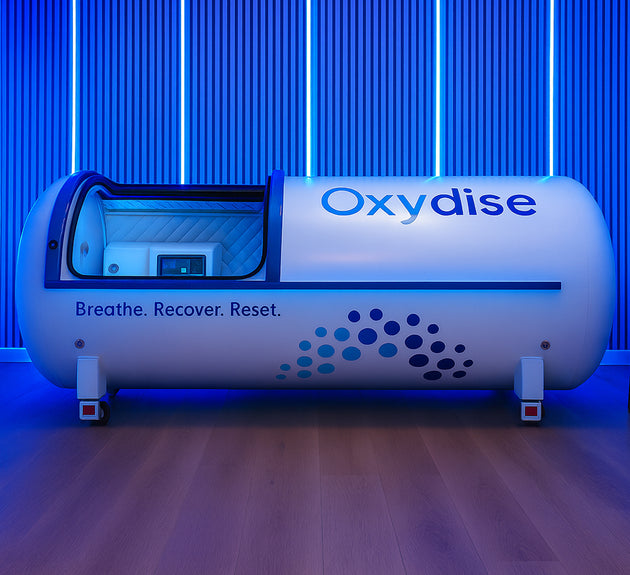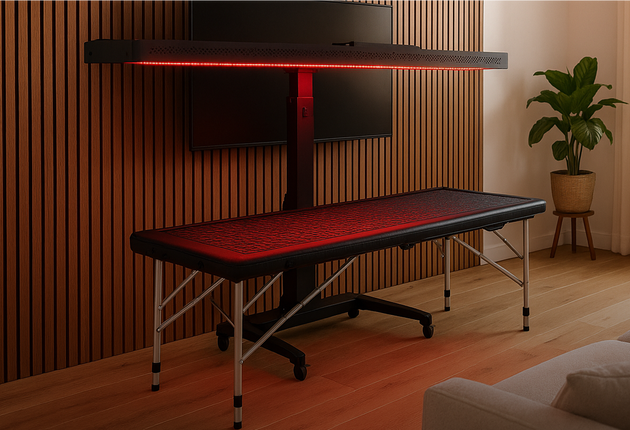Rheumatoid arthritis (RA) is a chronic condition that causes painful inflammation in the joints, leading to stiffness, swelling, and, over time, potential joint damage. Living with RA can be incredibly challenging, as the pain and discomfort often interfere with daily activities and overall quality of life. Hyperbaric Oxygen Therapy (HBOT) is showing promise in helping patients manage their symptoms more effectively.
RA is driven by inflammation, which is the body’s response to injury or infection. In RA, the immune system mistakenly attacks the joints, causing chronic inflammation. Oxygen plays a crucial role in reducing this inflammation and promoting healing. Here’s how HBOT can benefit RA patients:
- Reduces Inflammation: The extra oxygen delivered during HBOT can help to reduce the inflammation in the joints by promoting the body’s natural healing processes. By flooding the body with oxygen, HBOT can help calm the overactive immune response that causes joint pain and swelling in RA patients.
- Improves Pain Management: Chronic pain is one of the most challenging symptoms of RA. HBOT has been shown to decrease pain levels significantly by reducing the inflammation that contributes to discomfort. Patients who have undergone HBOT report feeling less pain, which can make a big difference in their day-to-day lives.
- Enhances Overall Well-being: In addition to reducing pain and inflammation, HBOT can improve overall well-being. Many patients experience better sleep and increased energy levels after undergoing HBOT, which can further enhance their quality of life.
In a recent pilot study, ten RA patients underwent a series of 30 HBOT sessions over 6 to 10 weeks. The results were encouraging: patients showed significant improvements in disease activity, as measured by clinical tests that assess joint swelling, pain, and overall health. Specifically, there were notable reductions in key indicators of inflammation, such as the DAS28 scores, which measure the severity of RA.
Moreover, patients reported less pain and better sleep quality after the HBOT sessions, with these benefits lasting for months after the treatment ended. These findings suggest that HBOT could be a valuable addition to the treatment options available for RA, providing relief for those who struggle with persistent symptoms.
If you’re interested in learning more about the scientific research behind HBOT and its benefits for RA, you can explore further details here.
















